Contemporary Issues in Architecture
Arch 3314 · 3 Semester Credit Hours
Contemporary issues in architectural theory and history utilizing precedents from early 20th century to present. May be repeated for credit.
(Not) Sculpture: Architecture in the Public Realm
Arch 3314.001 · Dora Epstein-Jones, PhD
This undergraduate seminar examines the role of public architecture. It considers the importance of symbolism, monuments, landmarks, and icons in the built environment, as well as the effect of public art at the scale of architecture. The course offers four dimensions of perspectives on public architecture: historical; social; political; and aesthetic. Students will be asked to consider public architecture from all four perspectives to determine “value” in questions of placement, cost, labor, and impact of various examples drawn from daily life.
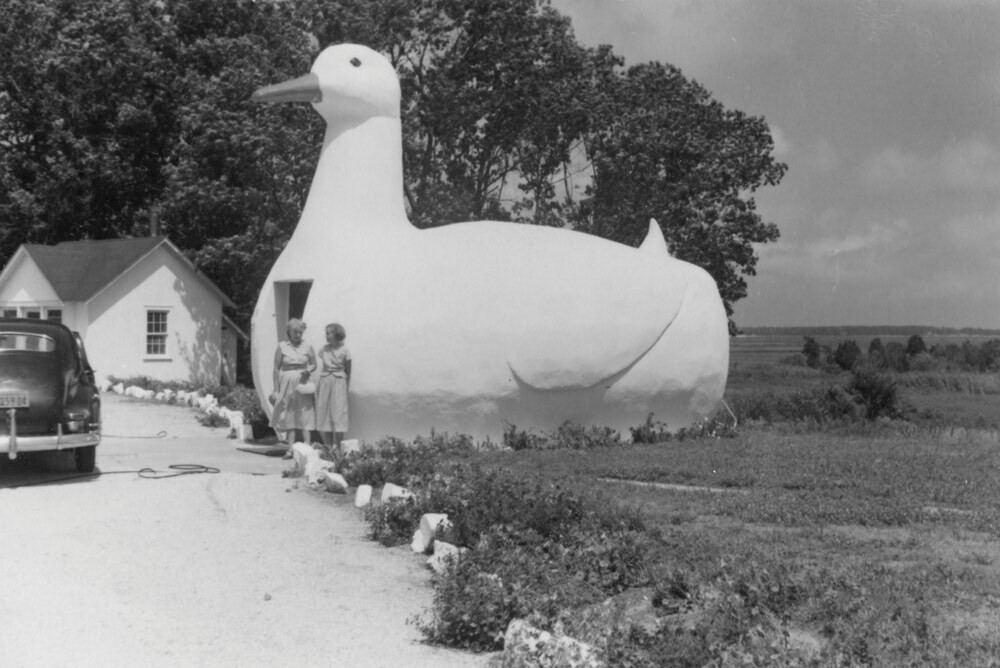
Women & Architecture
Arch 3314.003 · Handrika Buelinckx, PhD
This course explores issues relating to women and architecture. It traces female contributions to architecture in the past, assesses their status in the present, and strategizes on how to envision their role in the future. Topics for the readings, lectures, and discussions will be culled from a wide variety of sources—briefly reviewing the classical tradition, critically examining their contributions to the modern architecture of the twentieth century, scrutinizing their present status, and distilling conclusions for future action. This chronological—then, now, next—review of issues pertaining to women and/in architecture aims to provide students with a basic framework to assess contemporary and future architectural practices.

Revolutionary Modes of Architectural Representation
Arch 3314.004 · Jim Williamson
The importance of the modes of architectural representation is vastly underestimated and often understood as merely the way we choose to ‘picture' an architectural proposal. However, architecture is intimately tied to its modes of representation, and these are, are in fact, integral to a proposal's success and meaning.
A skilled architect—those that we might often admire—may knowingly exploit a particular mode of representation to advance the project and its impact in the world of architecture. This course assumes that representation is the language we speak as architects; the more we know about this language the more it empowers us as architects and the more skillful we become as designers.

Materiality, as Such
Arch 3314.005 · Zahra Safaverdi
Materiality points to the "whirling complexity and entanglement of diverse factors in the digital [and post digital] age, in which 'material', which like sound or language can now also be something that is not physical, is an effect of an ongoing performance"(Lange-Berndt). By surveying the pseudo archeology of the term materiality, from the “specificity” discussions to “post-medium” conditions, We investigate a “material and environmental turn" in the media studies and visual culture. We explore the way media mediate material relations and a possibility for the media to be understood as environments in an age where the collapse of realism is already widespread through the visual discourse.
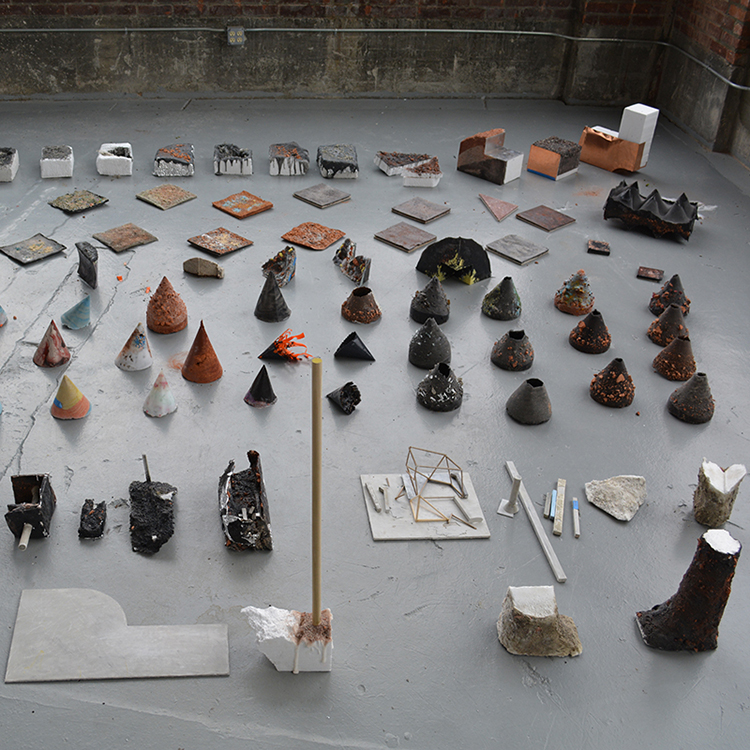
Urban Ecologies of Texas
Arch 3314.006 · Peter Raab
With three of the top ten largest city populations in the United States, and the highest growth rate of any state in country, Texas is undergoing rapid urbanization. While anthropogenic climate change is clearly happening - heating the entire planet, urban centers with higher percentages of impervious surfaces and low albedo materials that trap warmth with exceeding efficiency resulting in temperatures exceeding surrounding environs by 10-12°F. This course will discuss ecology, urban infrastructure, architectural design and planning practices as these topics relate to present greening initiatives within three major urban centers of Texas: Houston, Dallas and San Antonio.
This course requires students to read and synthesize texts and to make an argument through weekly discussions, writing essays and developing graphic representations to frame arguments about how landscape, city planning, architecture, climate change and/or ecology shape the world around us.
This elective course counts towards the Ecological Architecture and Design Undergraduate Certificate (EA+D).
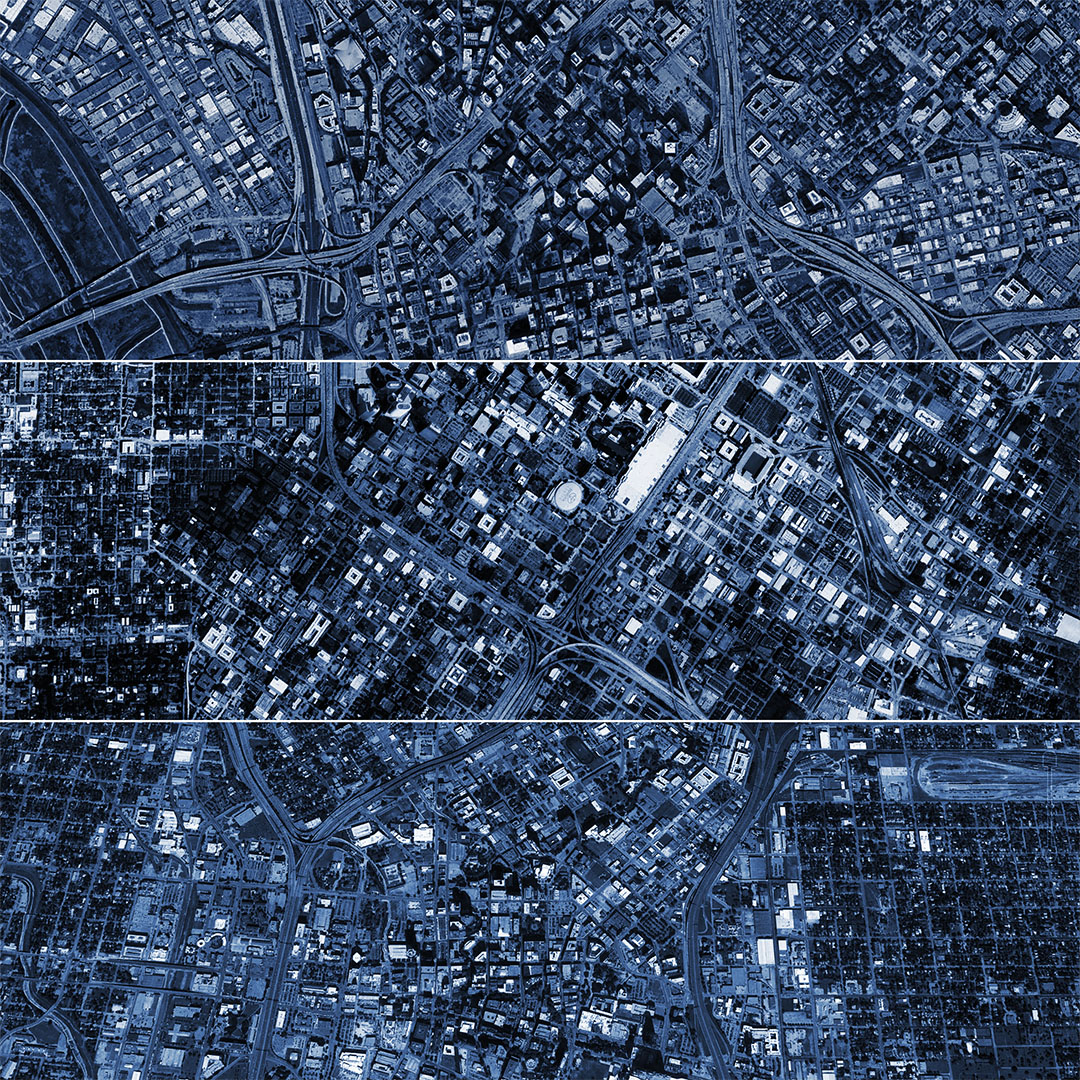
Architecture and Landscape
Paradigms, ideas, traces and projects
Arch 3314.D01 · Ángel Martinez Garcia-Posada
The boundaries between architecture and landscape have dissolved in contemporary contexts. In considering the sites of architecture today, architects have the opportunity to rethink an unbalance in modern architecture, one that has displaced environment to a distant plane of design. Organized in different timeless paradigms, alluding diverse strategies of relative positions of figures and backgrounds, we will build a transversal network of illustrated narrations about the intertwining between architecture and place.
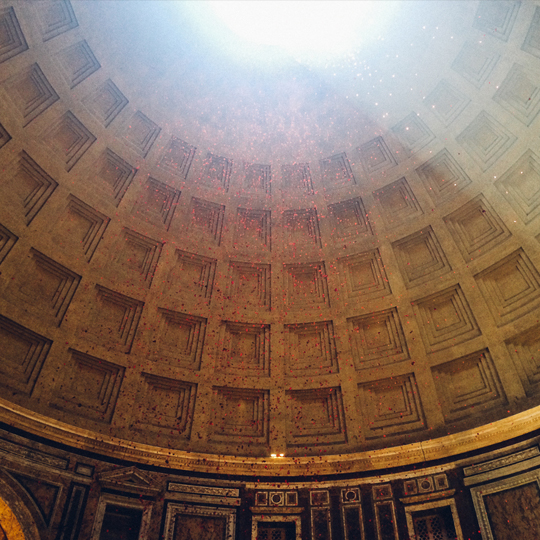
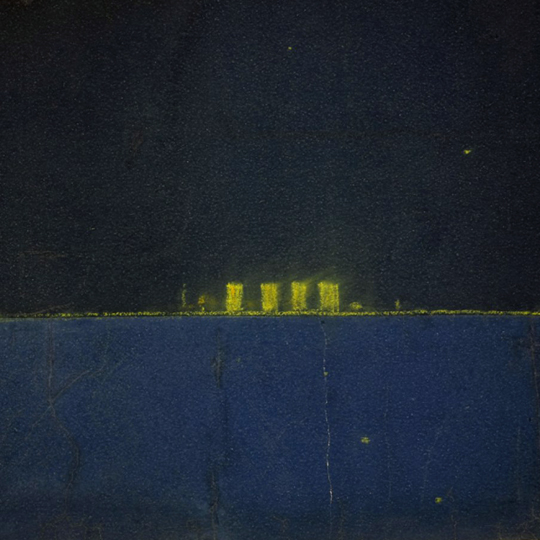
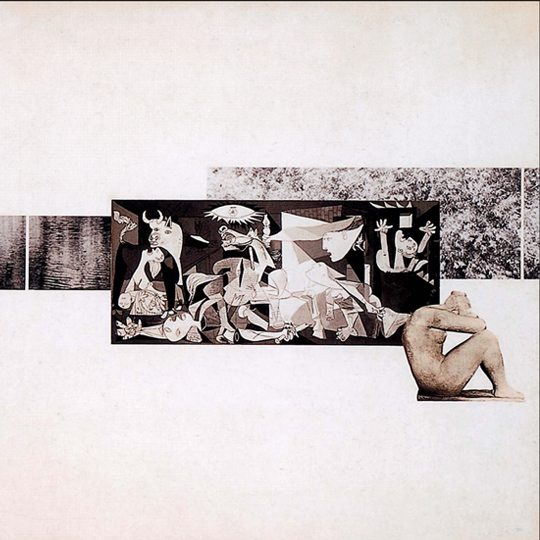
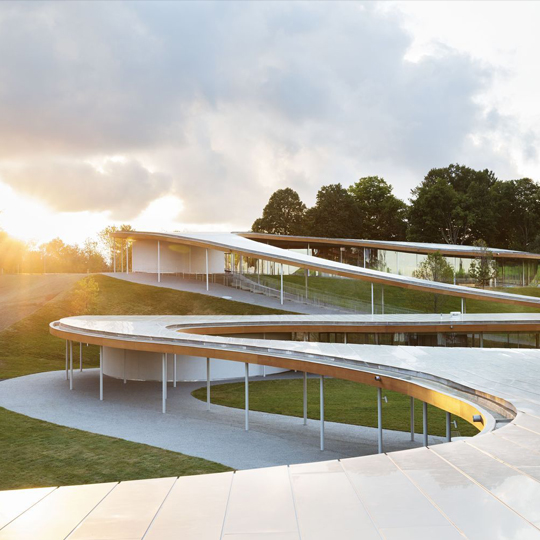
Architecture and Time
Open works, from the ephemeral to the eternal
Arch 3314.D02 · Ángel Martinez Garcia-Posada
Architecture shapes time. Any object, building, city, territory is a system in continuous transformation. Faced with the classic aspiration of eternity, contemporary architecture can usefully assume various registers of transitory temporality and dialogue with various temporal contexts. Through illustrated narratives about different ways of approaching the notion of time in architecture and art, from the ephemeral to the patrimonial, we will try to expand the present in its connections with the past or the future.
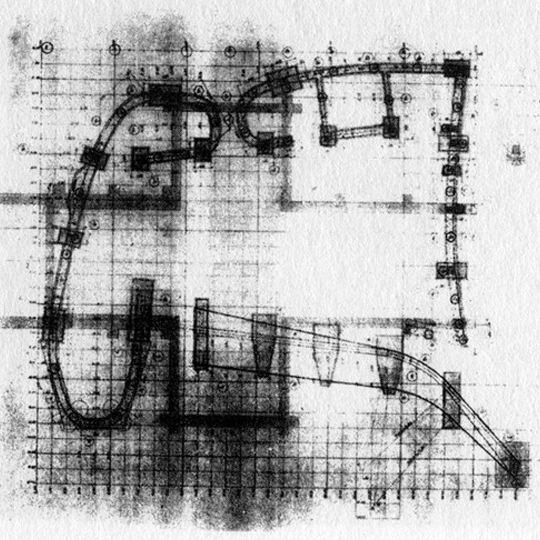
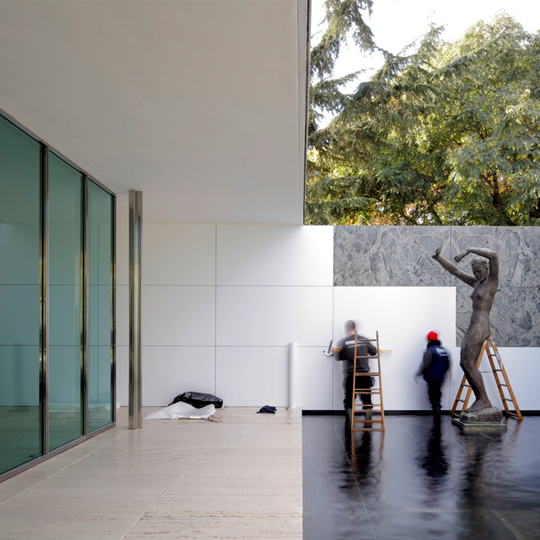
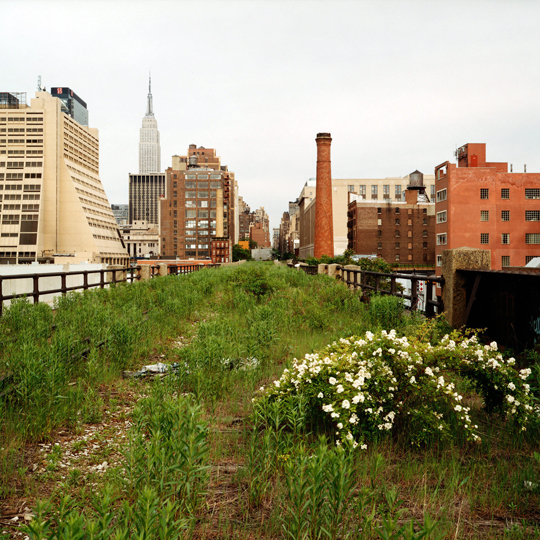
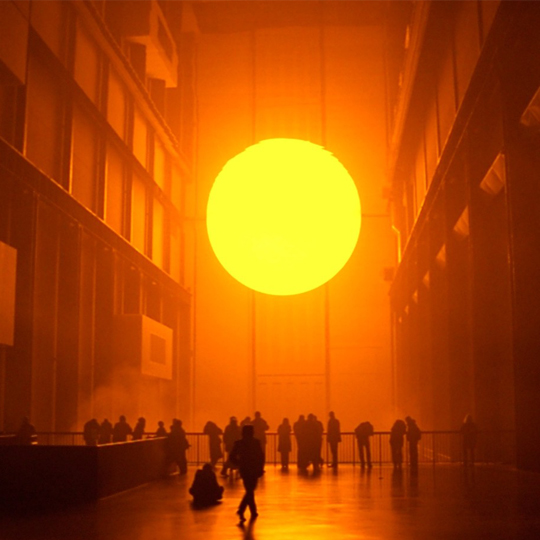
Huckabee College of Architecture
-
Address
Texas Tech University, 1800 Flint Avenue, Lubbock, TX 79409 -
Phone
806.742.3136 -
Email
architecture@ttu.edu

